| |
Family (Alpha): | |
| View | Tettigoniidae Members:
| NC Records |
|---|
Hubbellia marginifera (Walker, 1869) - Pine Katydid |
|
|
|
|
|
Image Gallery for Hubbellia marginifera - Pine Katydid
|
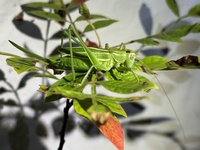 | Recorded by: Larry Chen, Sarah Toner, Jeff Niznik, Kaitlyn Elliott
Richmond Co.
Comment: |  | Recorded by: Steve Hall, Dee Stuckey, and Savannah Hall
Orange Co.
Comment: |
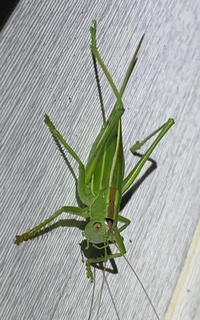 | Recorded by: David George
Durham Co.
Comment: |  | Recorded by: Steve Hall and Jim Petranka
Richmond Co.
Comment: Singing up in Longleaf Pines adjacent to the pond |
 | Recorded by: Steve Hall and Bo Sullivan
Moore Co.
Comment: | 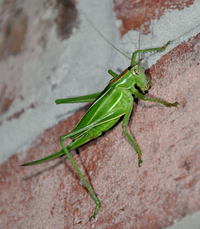 | Recorded by: Kyle Kittelberger
Wake Co.
Comment: |
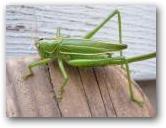 | Recorded by: Stephen Tillotson
Chatham Co.
Comment: |
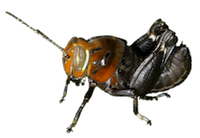
 »
»



 »
»

